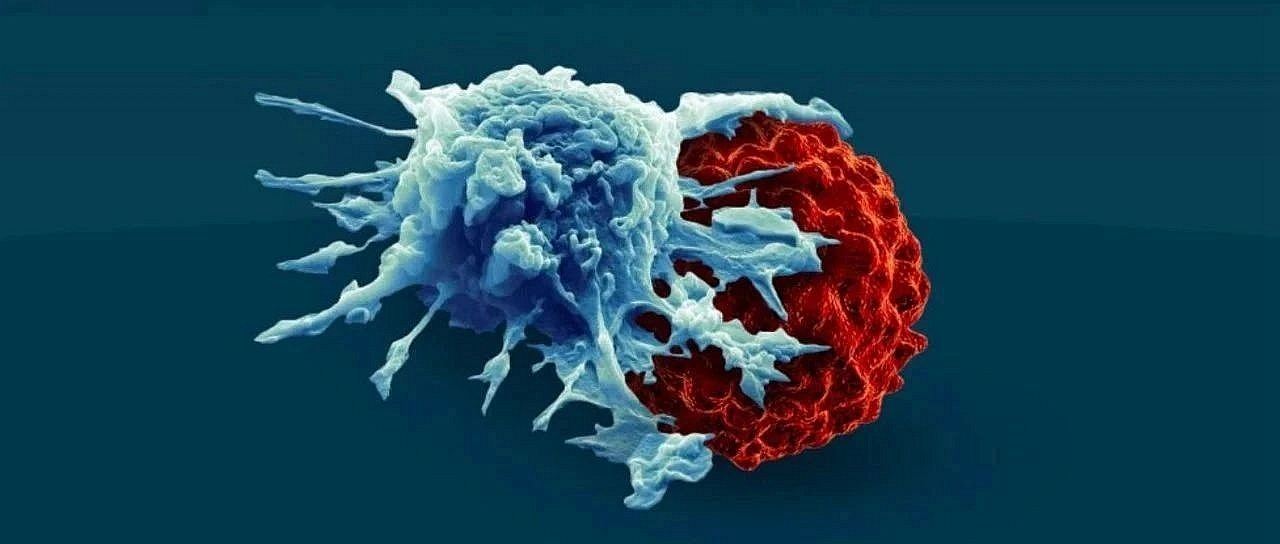01/21/2022
Immune cells still recognize Omicron variant
Omicron’s genome is loaded with mutations — more than 30 in the region that codes for the spike protein, used in COVID-19 vaccines — meaning that the efficacy of antibodies raised against previous variants could be compromised.
When it comes to coronavirus immunity, antibodies have stolen the limelight. Researchers are monitoring people’s levels of antibodies — particularly ‘neutralizing antibodies’ that directly prevent the virus from replicating — with bated breath. A drop in neutralizing-antibody levels correlates with an increased risk of symptomatic infection. Antibodies are also easier to study than T cells, making it easier to analyse them in large, international vaccine trials.
But the rise of coronavirus variants has shown how fragile antibody-based immunity can be in the face of a changing virus. Neutralizing antibodies bind to a handful of regions on the SARS-CoV-2 spike protein, used as a template for many COVID-19 vaccines. Mutate those sites, and antibody protection fades.
T cells, however, are more resilient. These cells perform a variety of immune functions, including acting as ‘killer’ cells that destroy virus-infected cells. By killing infected cells, T cells can limit the spread of infection — and potentially reduce the chance of serious illness.
Omicron overpowers key COVID antibody treatments in early tests
T-cell levels do not tend to fade as quickly as antibodies after an infection or vaccination. And because T cells can recognize many more sites along the spike protein than can antibodies, they are better able to recognize mutated variants. “What sounds like a lot of mutations doesn’t dent the T-cell response,” says Burgers.
So far, computer and lab analyses suggest that this is the case for Omicron. Several research groups have cross-referenced the mutations in Omicron with sites in the SARS-CoV-2 genome that are known targets of T cells. They have found that the majority of sites that T cells recognize are present in Omicron.
Gene Synthesis Oligo Synthesis Site-directed Mutagenesis DNA Cloning Omicron
